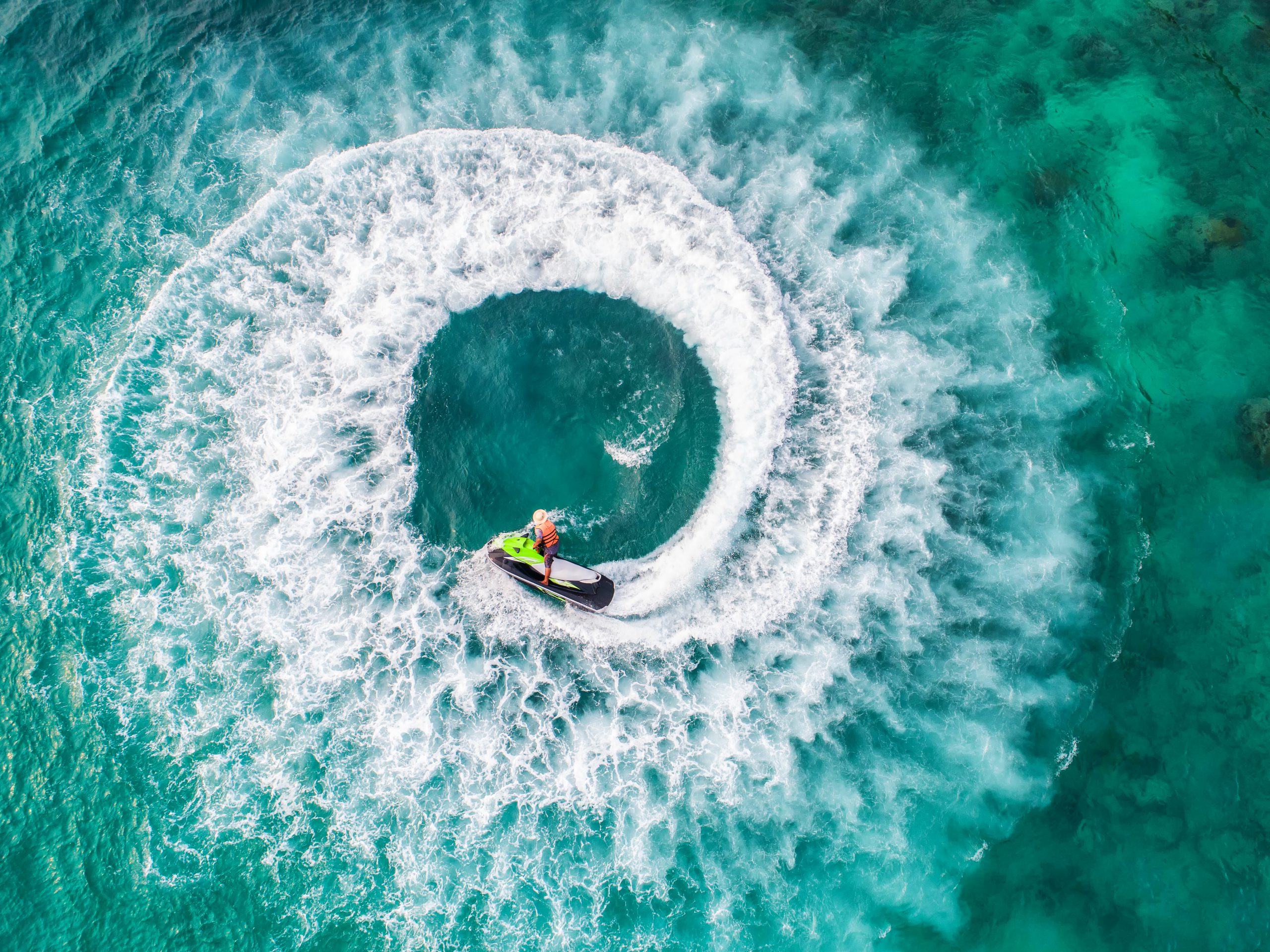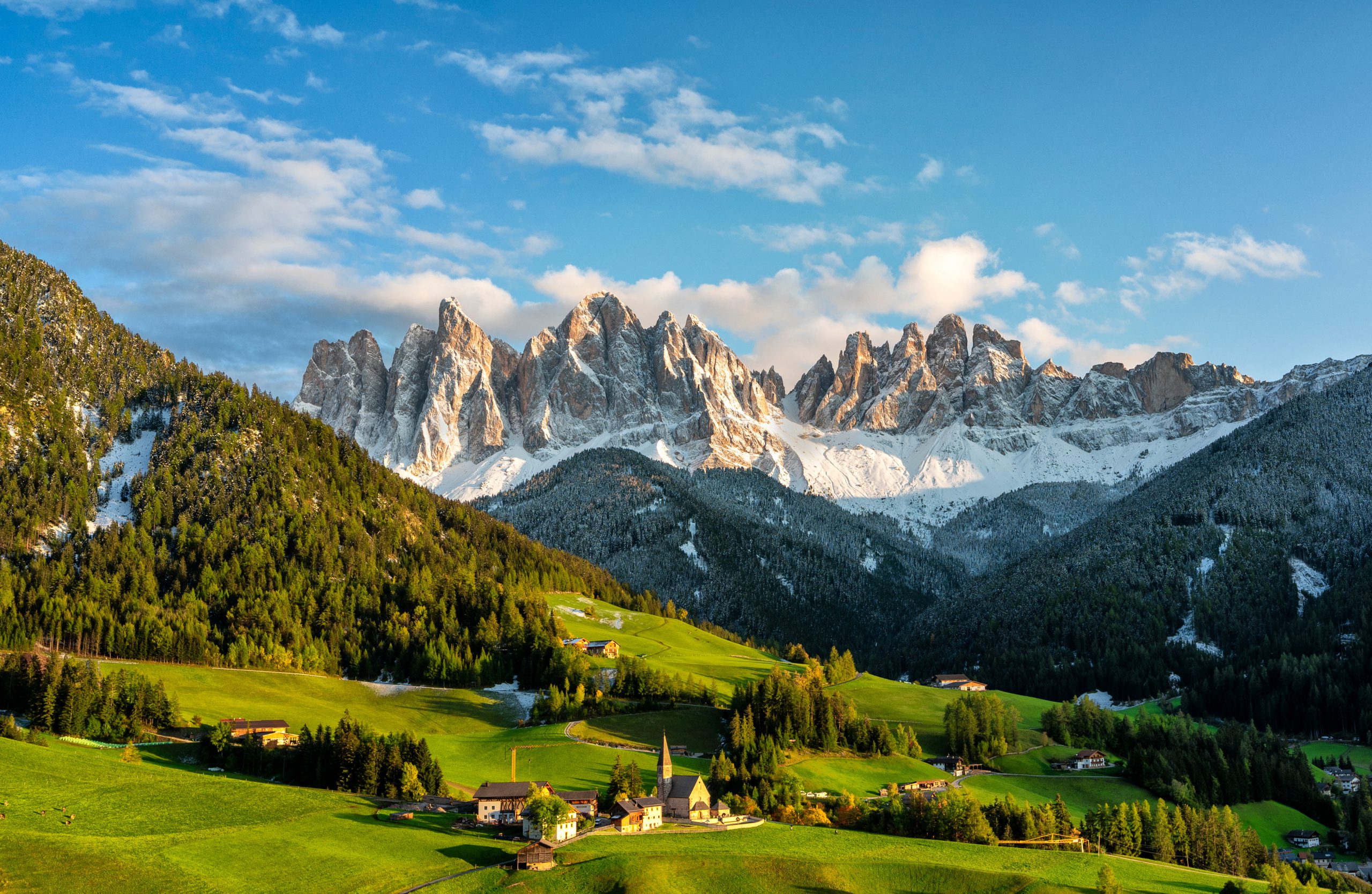
“QUEER JOY! QUEER JOY! QUEER JOY!” That phrase is heard being shouted with vigor and excitement by the focal queer teens at the end of “Summer Qamp,” but its sentiment is felt from the very beginning of this fiercely empathetic doc from director Jen Markowitz.
With an upbeat ease, “Summer Qamp” has the special touch that has made hits out of other feel-great, coming-of-age docs like “Science Fair.” We meet young people throughout Markowitz’s film like Ren, Wren, Ghoul, Manessa, Kingston, and their fellow campers, many of whom are transgender and non-binary. They’re exciting ambassadors from a new generation, especially when one of them says with a bit of a laugh, “I don’t get gender.”
In getting to know them, there’s also talk about binders, choosing pronouns, coming out (or being afraid to), crushes, episodes of self-harm, transitioning, and more. Among the many qualities of this movie is how it balances such important discussions with the experience of its people bonding in the present. You get a sense that many of these teens haven’t met many people like themselves where they’re from in Canada, and some even talk about having to learn about these parts of being queer on their own. But this experience, which we get to see here, is various lives changing before our eyes.
Markowitz sets this movie at a specific Alberta summer camp but beats any initial inklings that this would simply be a free ad by not focusing so much on the camp’s infrastructure (the name, Camp fYfrely, is rarely said). It’s much more about celebrating the campers. And in following these teens with such fly-on-the-wall cinematography, the doc naturally finds many endearing, meaningful situations of them bonding. It’s key that the editing doesn’t focus on creating drama in the camp experience. There’s hardly any sense of competition; it’s just instances of campers and their experienced, loving counselors supporting each other.
The movie is a force for such good and thrives on the power of visibility—of these teens being able to meet and “see” each other and for their stories to be put into a purely entertaining package. Here’s hoping that “Summer Qamp” becomes as widely available as possible so that anyone who needs to learn about teens like Ren and Ghoul and others can see it.

The documentary filmmaking of “Boil Alert” is always vivid, whether it’s telling an incredible personal story of identity-fueled activism or documenting a horrendous injustice. Its center is the story of Layla Staats, a woman with Haudenosaunee roots who questions if she is “Native enough.” After experiencing chapters in her life that threatened to break her spirit (and which we see in some reenactments), she says she wants to make a difference. She knows some about the poisoned water supplies that have left many people in various First Nations without water, but she wants to learn more. Along with this doc’s crew, she helps put faces and names to people who have been without palatable water for many years, or had their land poisoned by uranium and a government’s indifference.
Throughout, the movie is a great showcase for the promising visual talents of directors Stevie Salas and James Burns. Whether it’s in documentary passages, dreamy sequences with spare VFX, or instances of on-the-ground, cop-tussling journalism, “Boil Alert” shows that Salas and Burns have an exciting intuition as filmmakers. Sometimes, the touches can border on being too aesthetically over-the-top—its Terrence Malick-esque ethereal nature can slip into pushy movie trailer. But the various filmmaking pieces within “Boil Alert” fit like a massive quilt, and it’s always dedicated to the potential of the human spirit. As frustrating as the atrocities documented here are, the movie pulses even louder with pride, making space for an unbeatable sense of hope.

Margreth Olin’s “Songs of Earth,” executive produced by Liv Ullman and Wim Wenders, is a many-splendored thing: a home movie worthy of IMAX theaters. In a micro sense, it is about the director filming her elderly parents, documenting their love for each other and the vast mountains that neighbor their quaint home. But in a macro sense, with plenty of rapturous drone shots of a mountainous and still slice of Norway called Oldedalen, it contemplates our own relationship with nature in an era when global warming is speeding up the clock. Like a great love, nature shapes us; without nurturing, it starts to fade.
There are numerous staggering shots from cinematographer Lars Erlend Tubaas Øymo of Olin’s father, 82 years old and with two hiking sticks in hand, traversing the top of an ice-glazed rocks or a vast mirror of ice that reflects the breathtaking mountains above it. Her father is but a dot in these recurring images, often captured with drone cinematography (by Herman Lersveen) that naturally soars through landscapes that seem too pure for this world. Intercut with these passages are bits of Olin’s family history. “I’m amazed by the stories nature can tell,” her father says at one point. He talks about how his ancestors have shared love (a towering tree where a family member proposed) and tragedy (a flood in the early 1900s that wiped out nearly the whole lineage) with the nature they humbly stand before.
The grandeur of this documentary can’t be denied, even if its meditative way of assembling its footage, voice-over anecdotes, and general instincts can sometimes make it unfocused. But the deeply personal lens that Olin provides always makes this a nonpareil nature doc. As global warming naturally fits into the narrative, we feel a sense of loss for Earth as if it were our lineage who were soon passing.




